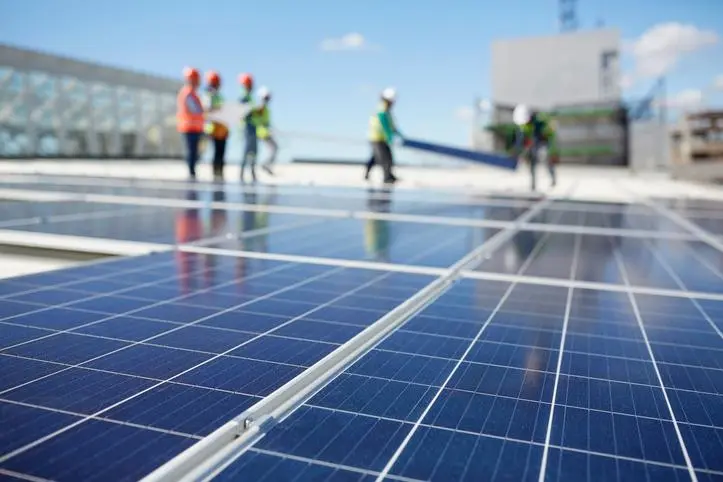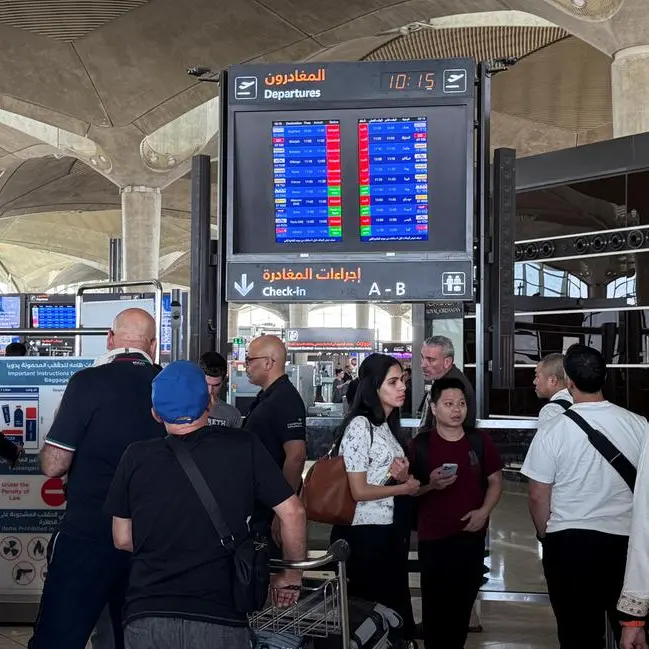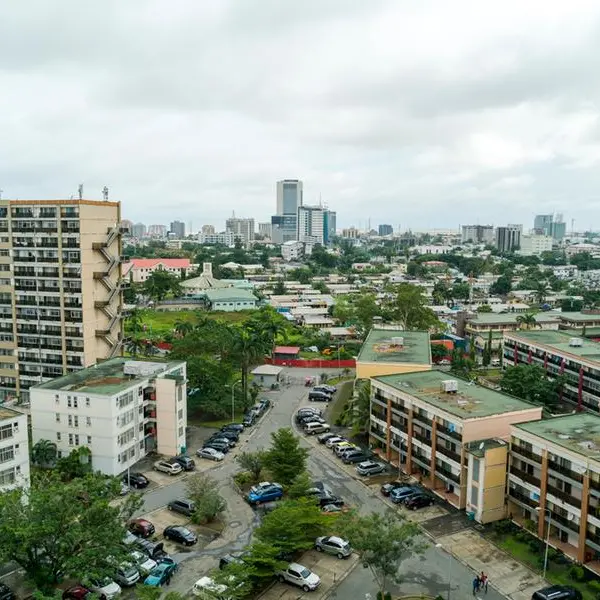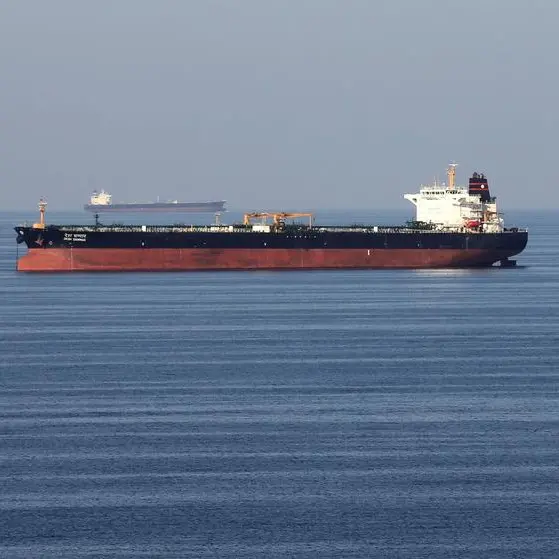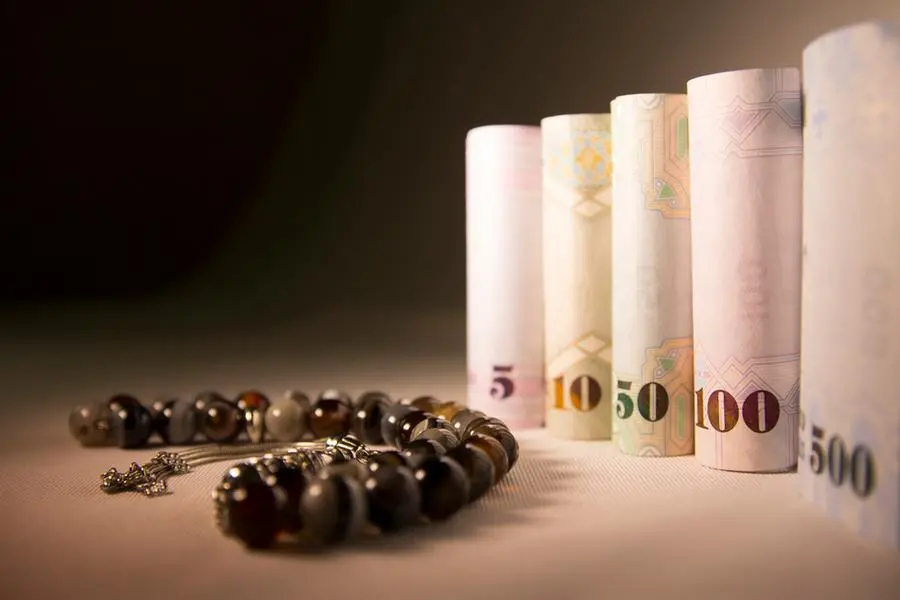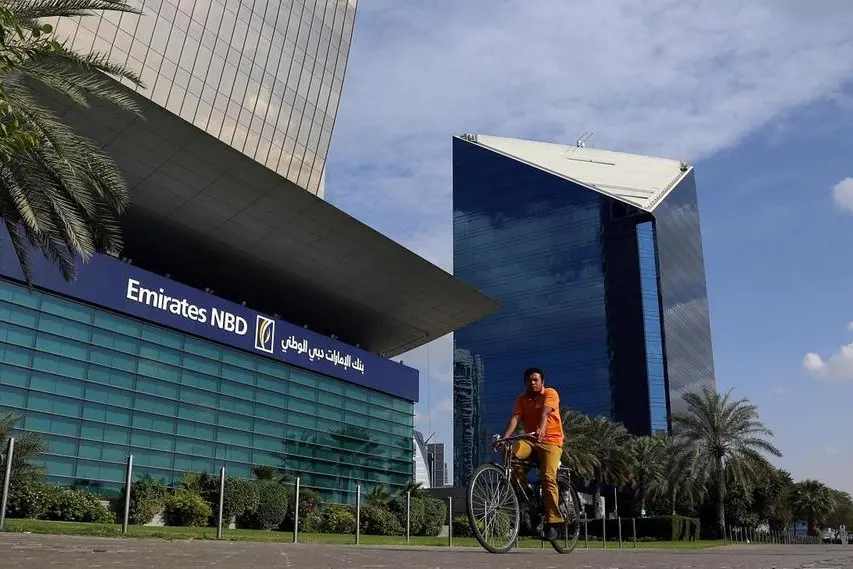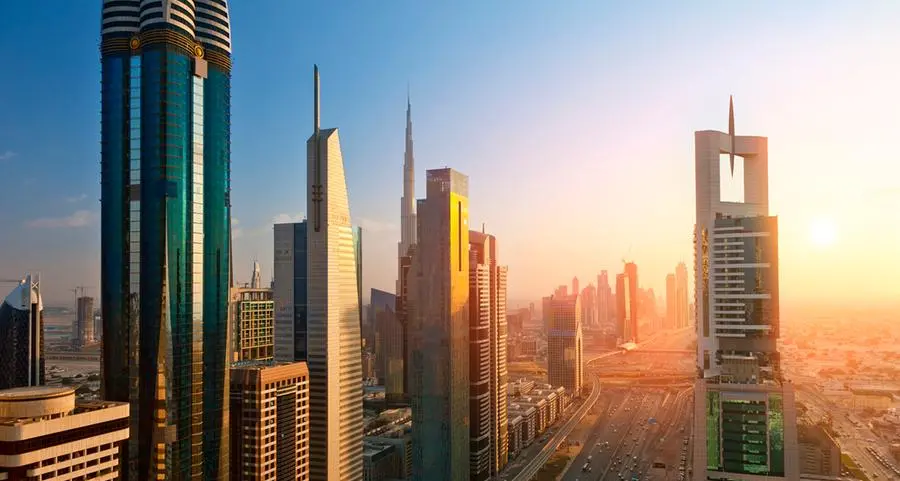PHOTO
Image used for illustrative purpose. Solar panels at sunny power plant.
A growing number of small scale solar photovoltaic (PV) based renewable energy plants are currently in operation in the jurisdiction of Majan Electricity Company (MJEC), helping not only offset their dependence on gas-based electricity but also export surplus clean energy back into the grid.
Volumes generated from solar-based capacity are currently minuscule in comparison with the total demand for conventional gas-based supply across Majan’s licence, but they point to a heartening trend that authorities hope will burgeon in the coming years.
Commenting on the solar PV trend in its licence, Majan Electricity said: “The Authority for Public Services Regulation (APSR) developed a new regulatory framework for small-scale grid-connected solar photovoltaic (PV) or solar power systems commencing in May 2017.
These (framework) will allow large households and businesses to install small-scale grid-connected PV systems. The aim of introducing this system is to reduce the high demand power requirement during the peak period, as well as establish an incentive mechanism to compensate for electricity generated by rooftop PV panels via the Bulk Supply Tariff (BST).”
As of end-September 2020, as many as 13 small-scale units were in various stages of development and implementation across Majan’s licence, the state-owned distribution and supply company – part of Nama Group – said in its newly released Sustainability Report. Some of these systems are not only generating green energy for their premises, but have also begun pumping surplus output into the local grid, it said.
Installed solar PV capacity totalled 1.4 MW as of end of September 2020, with Majan recording a contribution of 382.07 megawatt-hours (MWh) of green energy injected into the grid during the January 1 – September 30, 2020 period.
This compares with energy sales totalling 6,892,372 MWh representing 0.0057 per cent of Majan’s total sales during the nine-month period in question.
Significantly, six of these PV systems are installed atop schools run by the Ministry of Education as part of an initiative funded by Shell.
Three of them not only met their requirement of electricity from their solar PV system, but they also pumped back sizable quantities of surplus clean energy back into the grid.
Citing the example of a Ministry-run school in Liwa, equipped with a modest 48 kW capacity solar PV system, Majan noted that the school generated 292 per cent of what it consumed during the first eight months of 2020.
Exports into the grid soared during the summer period when the school was closed during the coronavirus pandemic, it stated.
Not included in Majan’s list is a 25 MW capacity solar plant that was brought into operation earlier this year by Sohar Shell Qabas, a subsidiary of Shell, at Sohar Port and Free Zone.
Located on a 50-hectare site within the free zone, the plant comprises over 88,000 solar modules with its output earmarked for a large ferrochrome production facility located nearby.
Also within the port area, Majis Industrial Services (MIS), the wholly government-owned water solutions provider at Sohar Port, is developing a network of solar-based PV systems. Offering a total of 1.3 MW of capacity, the units are being brought into operation in a phased manner.
Majan Electricity’s supply licence cover around 50,744 sq kilometres of north-western Oman, and includes the governorates of Al Dhahirah, Al Buraimi and North Al Batinah.
2021 © All right reserved for Oman Establishment for Press, Publication and Advertising (OEPPA) Provided by SyndiGate Media Inc. (Syndigate.info).
